Amber Dance
Amber Dance is a freelance writer based in Los Angeles.

Trustworthy journalism comes at a price.
Scientists and journalists share a core belief in questioning, observing and verifying to reach the truth. Science News reports on crucial research and discovery across science disciplines. We need your financial support to make it happen – every contribution makes a difference.
All Stories by Amber Dance
-
 Science & Society
Science & SocietyDo science dioramas still have a place in today’s museums?
Science dioramas of yesteryear can highlight the biases of the time. Exhibit experts are reimagining, annotating — and sometimes mothballing — the scenes.
-
 Science & Society
Science & SocietyScientists are fixing flawed forensics that can lead to wrongful convictions
People have been wrongly jailed for forensic failures. Scientists are working to improve police lineups, fingerprinting and even DNA analysis.
-
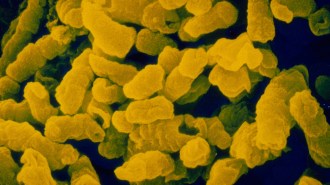 Health & Medicine
Health & MedicineA deadly bacteria has been infecting children for more than 1,400 years
DNA from a 6th century boy’s tooth reveals signs of the earliest known Haemophilus influenzae type b infection, shedding light on the pathogen’s history.
-
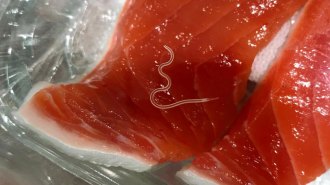 Animals
AnimalsParasitic worm populations are skyrocketing in some fish species used in sushi
Fishes worldwide harbor 283 times the number of Anisakis worms as fishes in the 1970s. Whether that’s a sign of environmental decline or recovery is unclear.
-
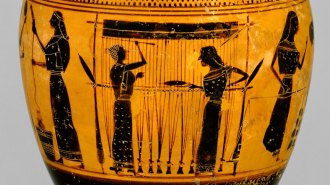 Humans
HumansTextile archaeologists use ancient tools to weave a tapestry of the past
Using tools leftover from ancient spindles and looms, textile archaeologists are starting to understand the fabrics of the past.
-
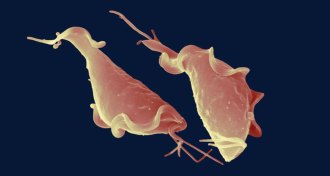 Health & Medicine
Health & MedicineHow an obscure sexually transmitted parasite tangos with the immune system
Scientists are working out how Trichomonas vaginalis, one of the most prevalent sexually transmitted infections, causes problems in women and men.
-
 Agriculture
AgricultureHow plant microbes could feed the world and save endangered species
Scientists have only scratched the surface of the plant microbiome, but they already believe it might increase crop yield and save species from extinction.
-
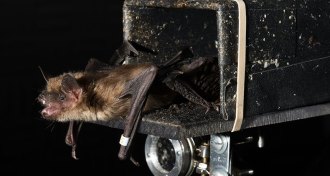 Animals
AnimalsBat brain signals illuminate navigation in the dark
New lab technologies that let bats fly freely allow scientists to track nerve cell signals as the animals dodge and weave.
-
 Animals
AnimalsHow bats could help tomato farmers (and the U.S. Navy)
The way bats navigate their environs inspires engineers to develop better sonar and robots that can estimate crop yield or deliver packages
-
 Animals
AnimalsVenomous fish have evolved many ways to inflict pain
Fish venom shows great diversity and is being studied to treat pain, cancer and other diseases.
-
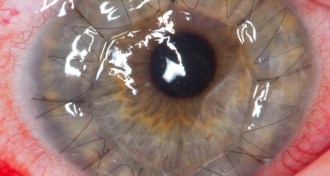 Health & Medicine
Health & MedicineCornea donation may have sex bias
Women receiving a corneal transplant do better when their donors are female, new research finds.